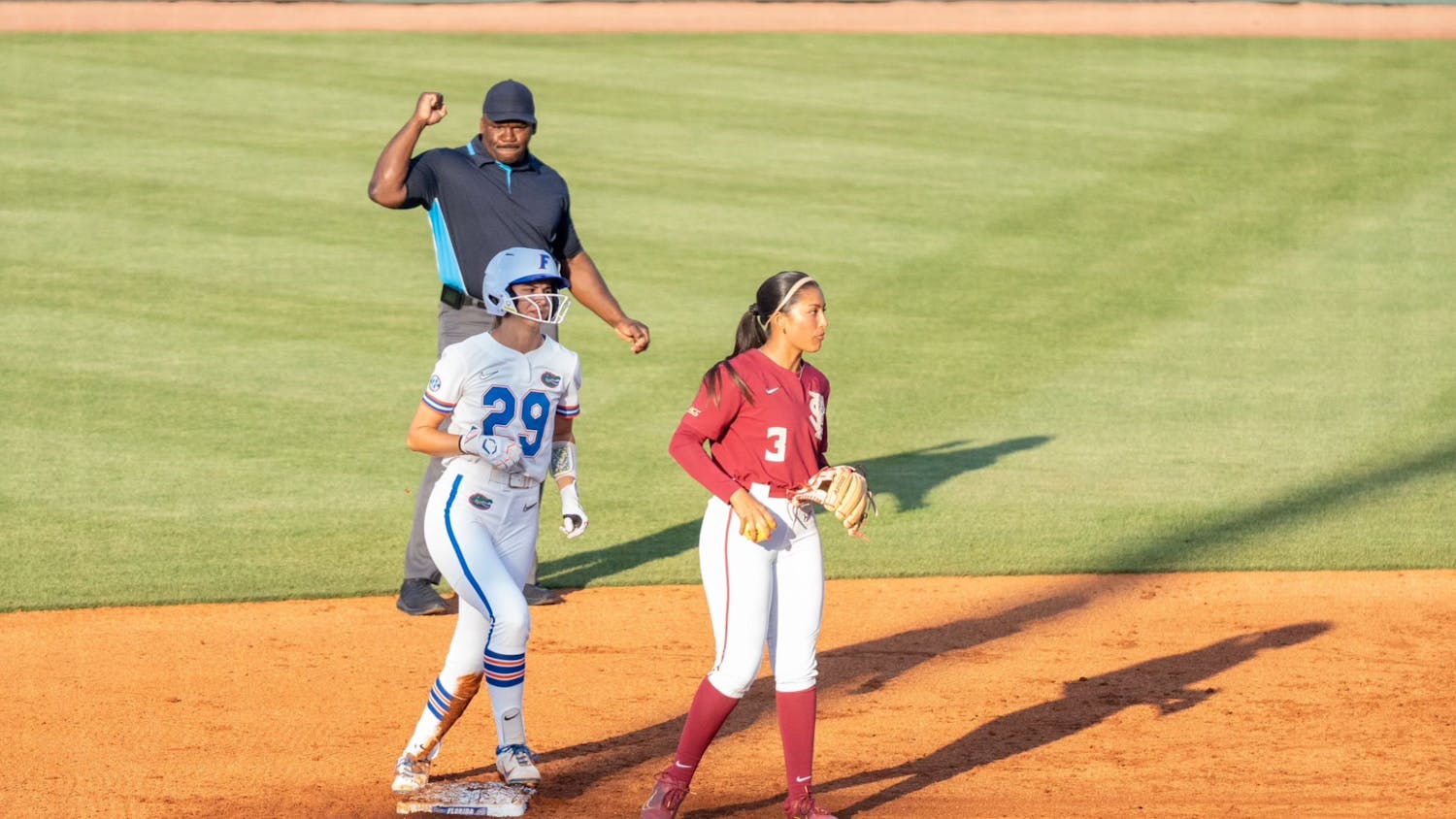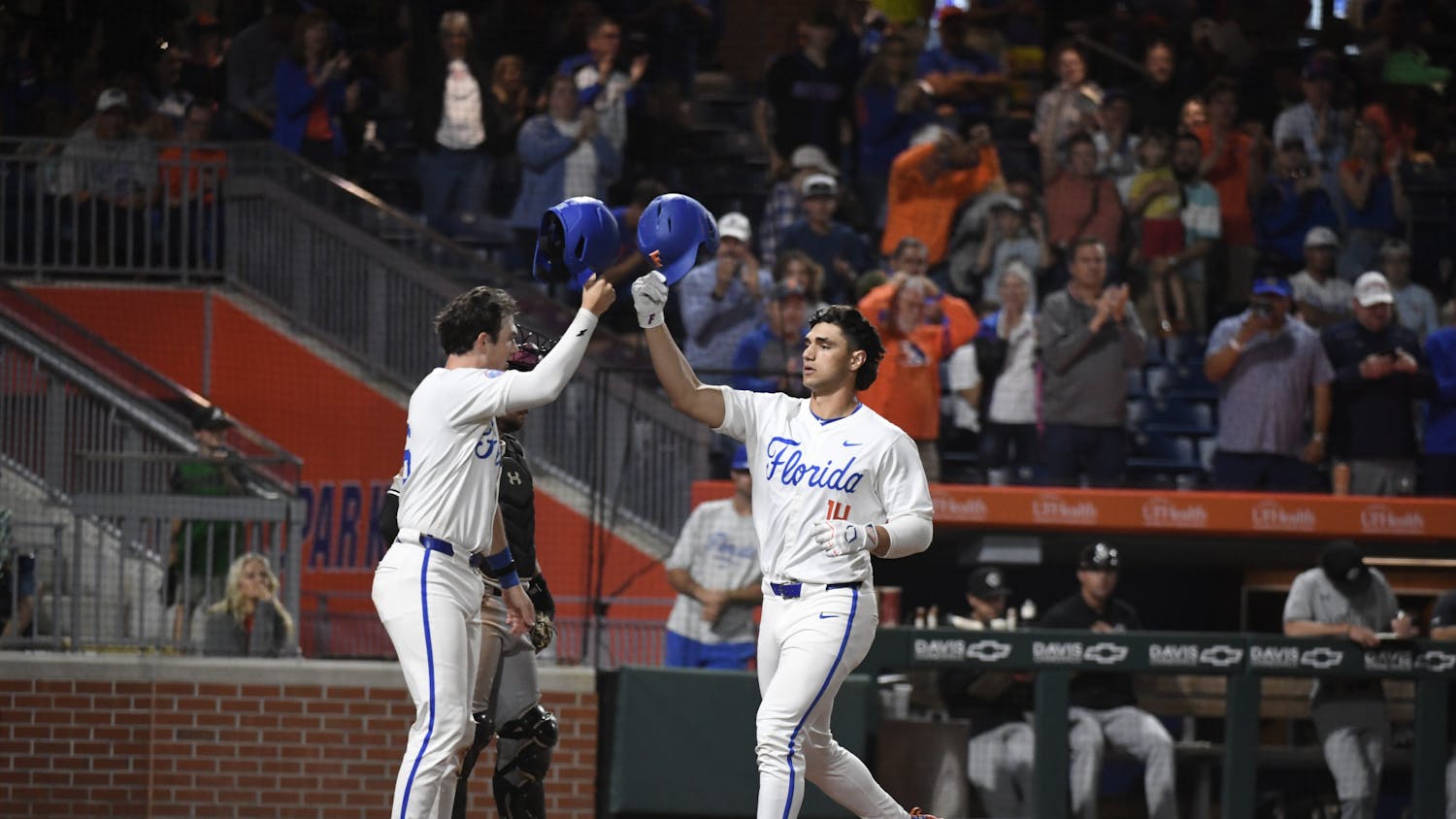UF researchers have released new findings on the embryonic origin of external genitalia and birth defects.
Researchers Martin Cohn and Ana Herrera studied the development of bird embryos to understand and identify the cells, known as progenitor cells, that make up external genitalia.
Cohn, a Howard Hughes Medical Institute scientist and professor in the Department of Molecular Genetics and Microbiology in the UF College of Medicine, and Herrera, a doctoral graduate of the College of Medicine Interdisciplinary Program in Biomedical Sciences, reported their findings in the Nov. 5 issue of the online journal Scientific Reports.
Cohn said that birth defects of genitalia occur in one in every 250 children.
In his research, fluorescent dyes were used to label small populations of cells in the chick embryos. UV lights allowed Cohn and Herrera to track the movement of the cells in living embryos. What they found was that the cells didn’t start in the middle of the embryo body as they expected, Cohn said.
In the beginning of development, the embryo starts off as a flat sheet of cells.
The genital progenitor cells start at opposite ends of the embryo and come together during body wall closure when the flat embryo closes the body wall around the inner organs to become a tubular structure.
“What that really tells you is that the single genital structure that sits between our legs come from two separate populations of cells that have to migrate long distance in the embryo and then fuse to form a single phallus,” Cohn said.
Cohn said the findings indicate that the process of genital development is closely tied to the process of body wall closure.
“His illuminating work looking at the cellular mechanisms involved in the development of the external genitalia and lower urinary tract has potentially significant clinical implications,” Dr. Romano DeMarco, associate professor and chief of pediatric urology in the Department of Urology, said in a statement.
[A version of this story ran on page 9 on 11/19/2014]





